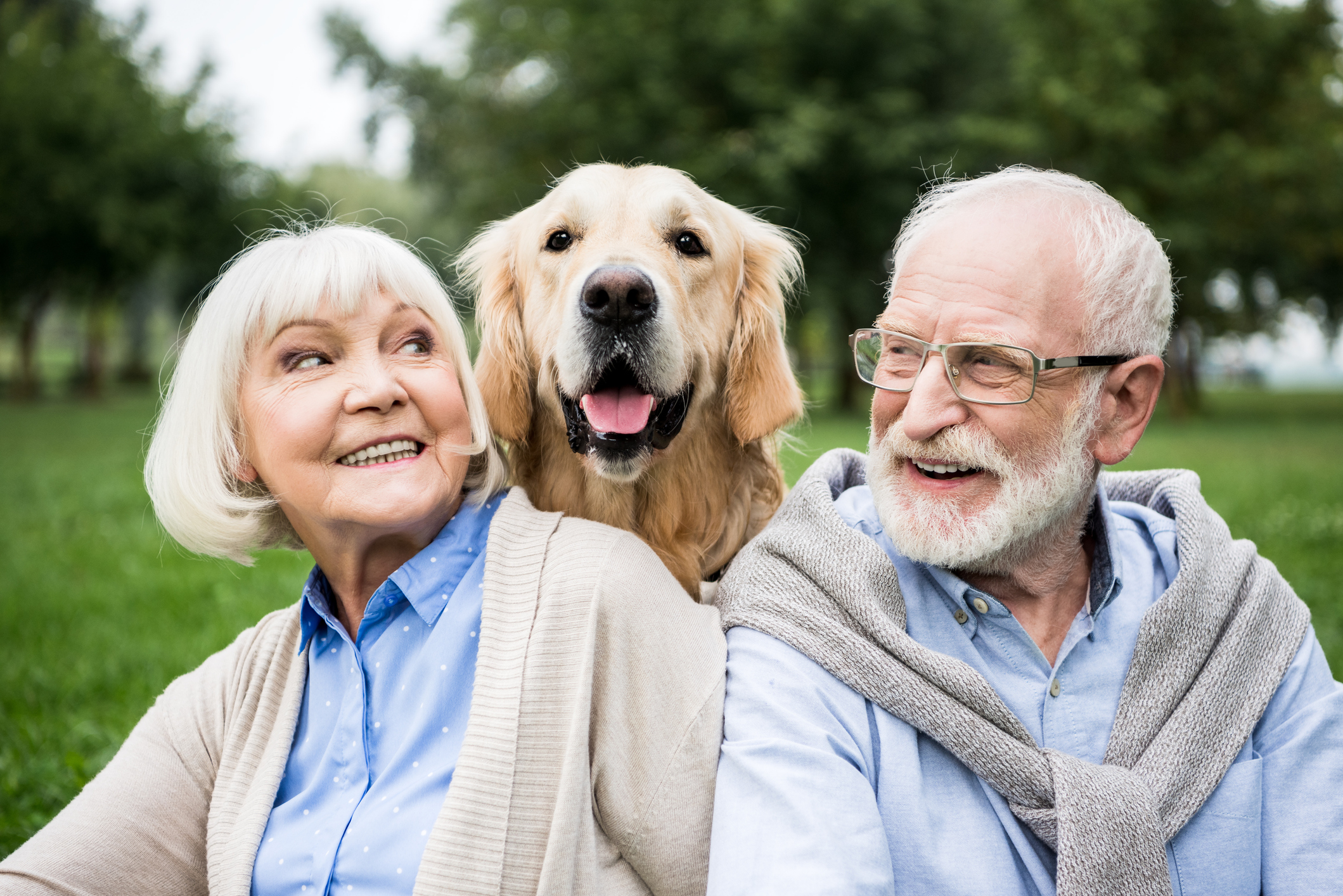Introduction: Great Danes have gained a reputation as the “gentle giants” of the dog world. While it is true that these dogs possess a gentle nature, like all dogs, they also have a playful side that can unintentionally lead to certain challenges during playtime. In this article, we will delve into the true nature of Great Danes and discuss the importance of training and clear communication during play.
- The Gentle Nature of Great Danes: Great Danes are known for their inherently gentle nature. They typically exhibit a calm and affectionate demeanor, and they are usually very good with family members, including children. While their large size can be intimidating, they rarely, if ever, intentionally hurt their loved ones [1].
- Playtime Excitement: During playtime, Great Danes, like other dogs, express their excitement by racing around, jumping, and engaging in roughhousing. It is important to note that, at this point, their behavior is similar to that of any other dog. However, due to their overall size, even a small nudge or bump can unintentionally cause children to fall or lose their balance [1].
- Setting Playtime Rules: Just like dogs of any size, all Great Danes need to learn the rules of playtime through structured training. Teaching them how to play more gently is essential to ensure a safe and enjoyable experience for everyone involved. Our training program focuses on demonstrating and encouraging gentle play behavior.
- Communicating Clear Rules: Effective communication and clear rules are vital when engaging in play with Great Danes. It is crucial to establish boundaries and communicate them consistently during playtime. This helps shape their behavior and ensures that play remains within acceptable limits.
Playtime Training Tips:
- Avoid playing tug of war with your dog until they have been trained to release and drop the toy on command.
- Never encourage your dog to charge into you during play, as this behavior may inadvertently translate to interactions with children.
- During moments of extreme excitement, such as jumping, play biting, or frantic running, refrain from physical contact with your dog until they have calmed down.
Conclusion: Great Danes possess a gentle nature that sets them apart, earning them the title of “gentle giants.” However, it is important to remember that they still require proper training and clear communication during playtime. By establishing rules and boundaries, and promoting gentle play behavior, we can ensure that playtime with Great Danes remains safe, enjoyable, and harmonious for all.
Sources: [1] American Kennel Club – Great Dane





